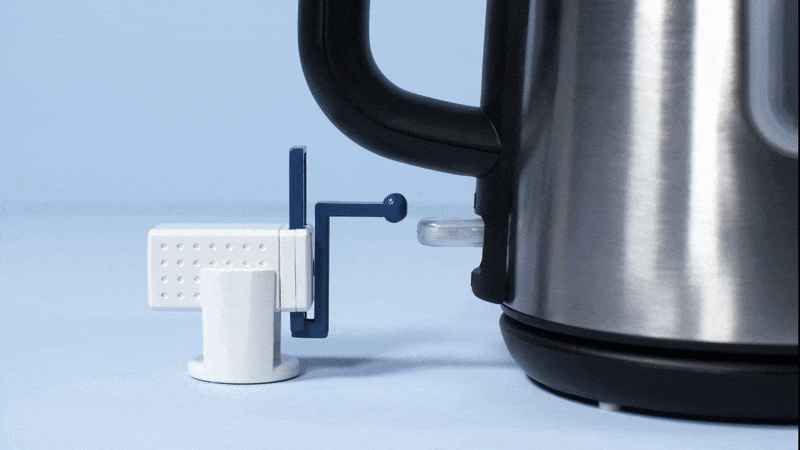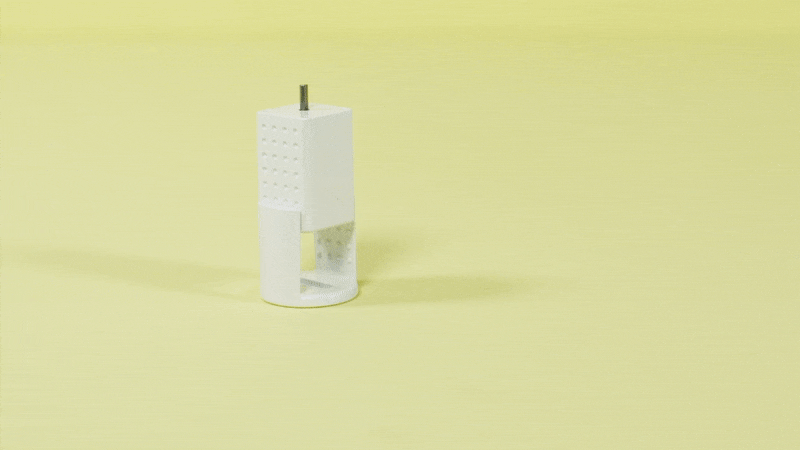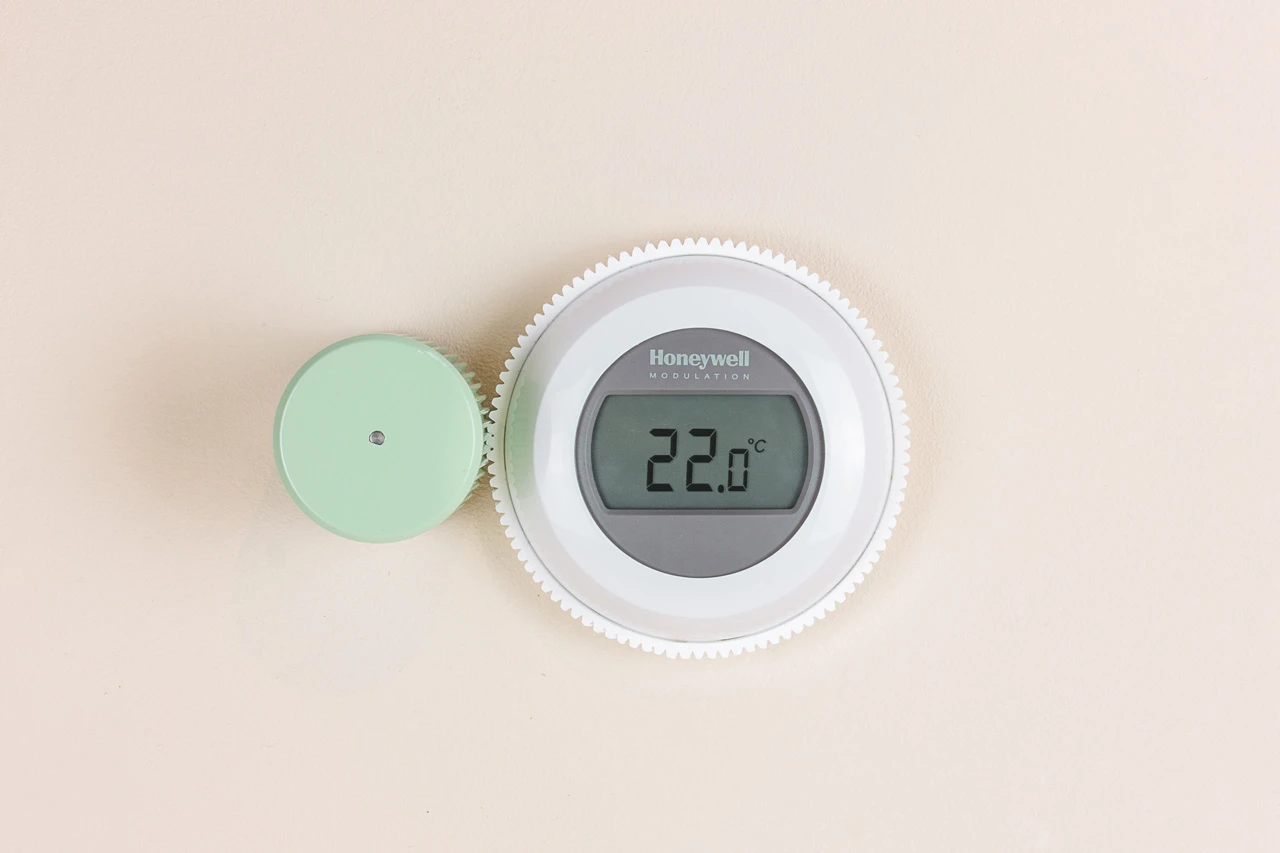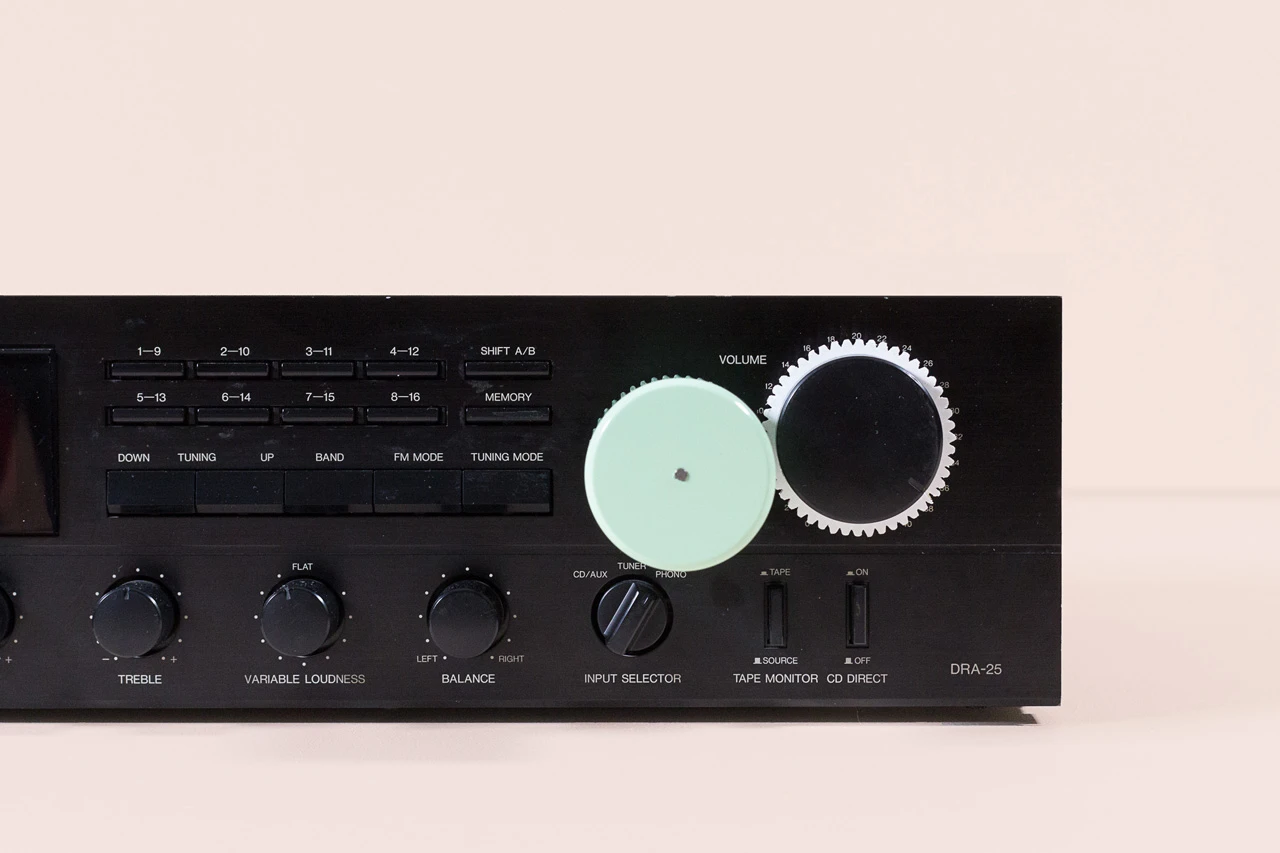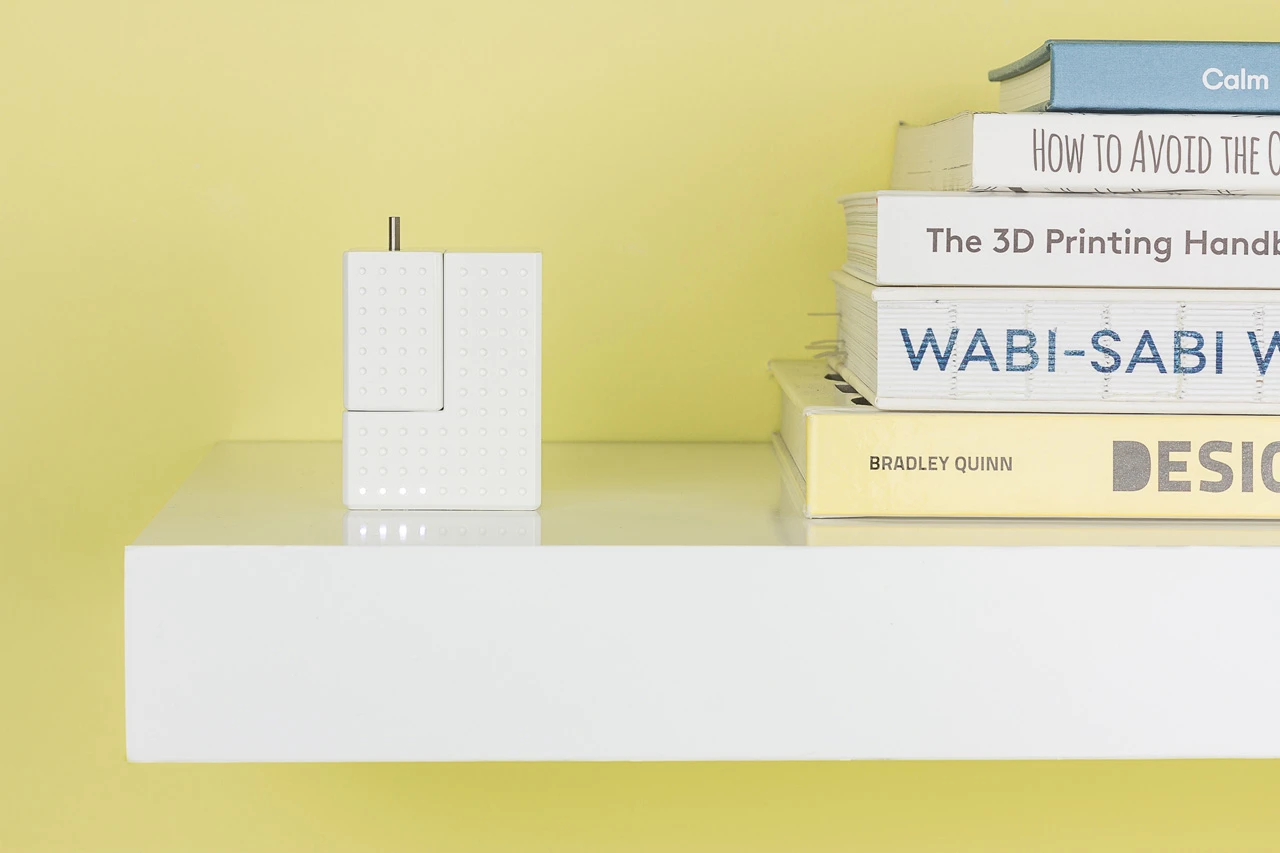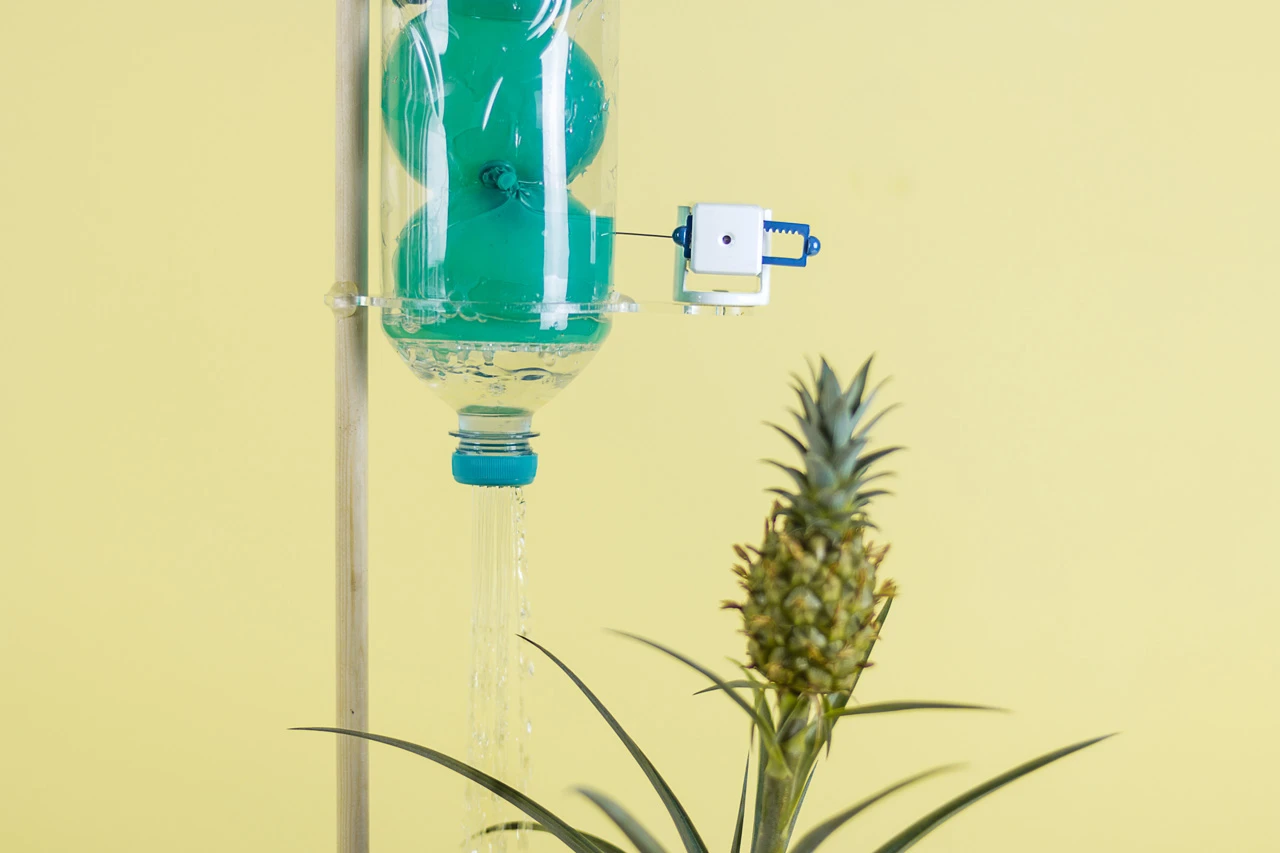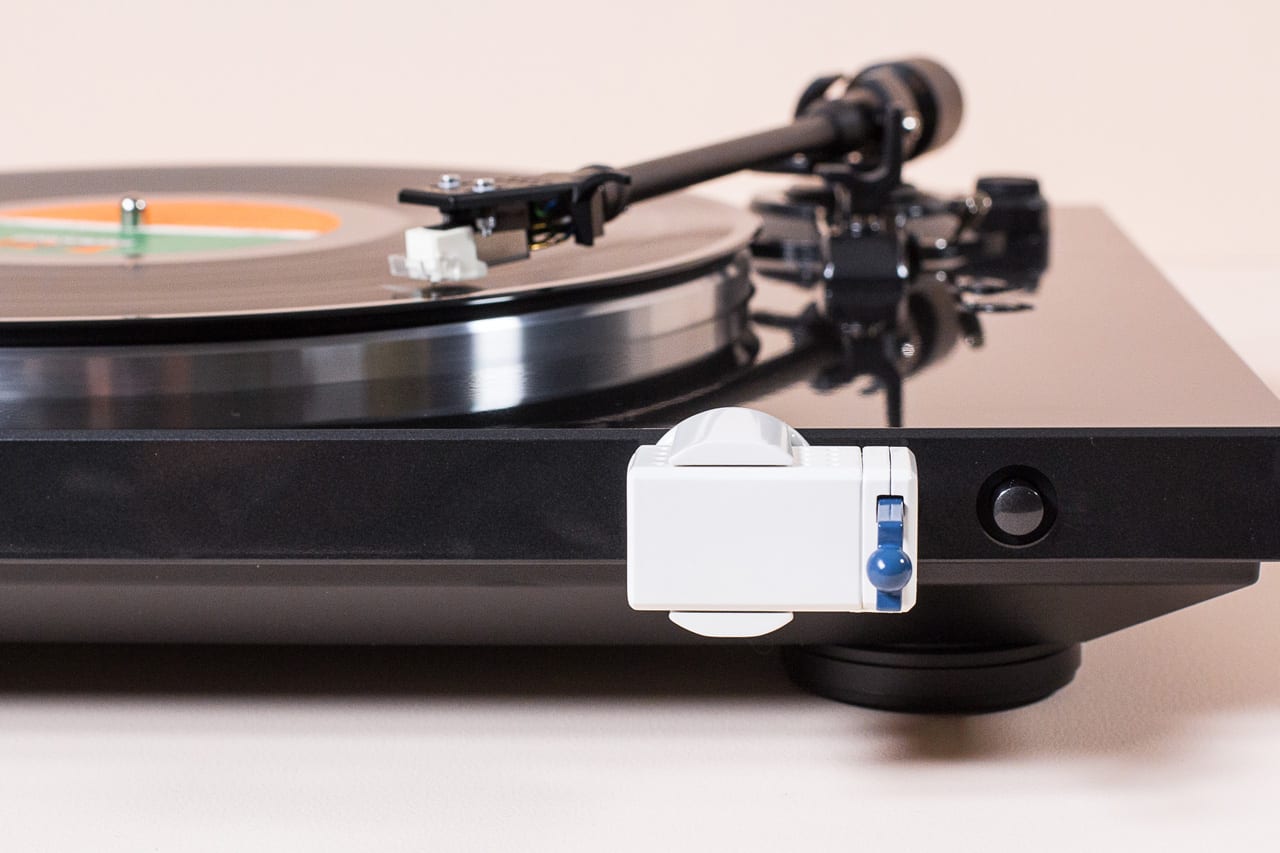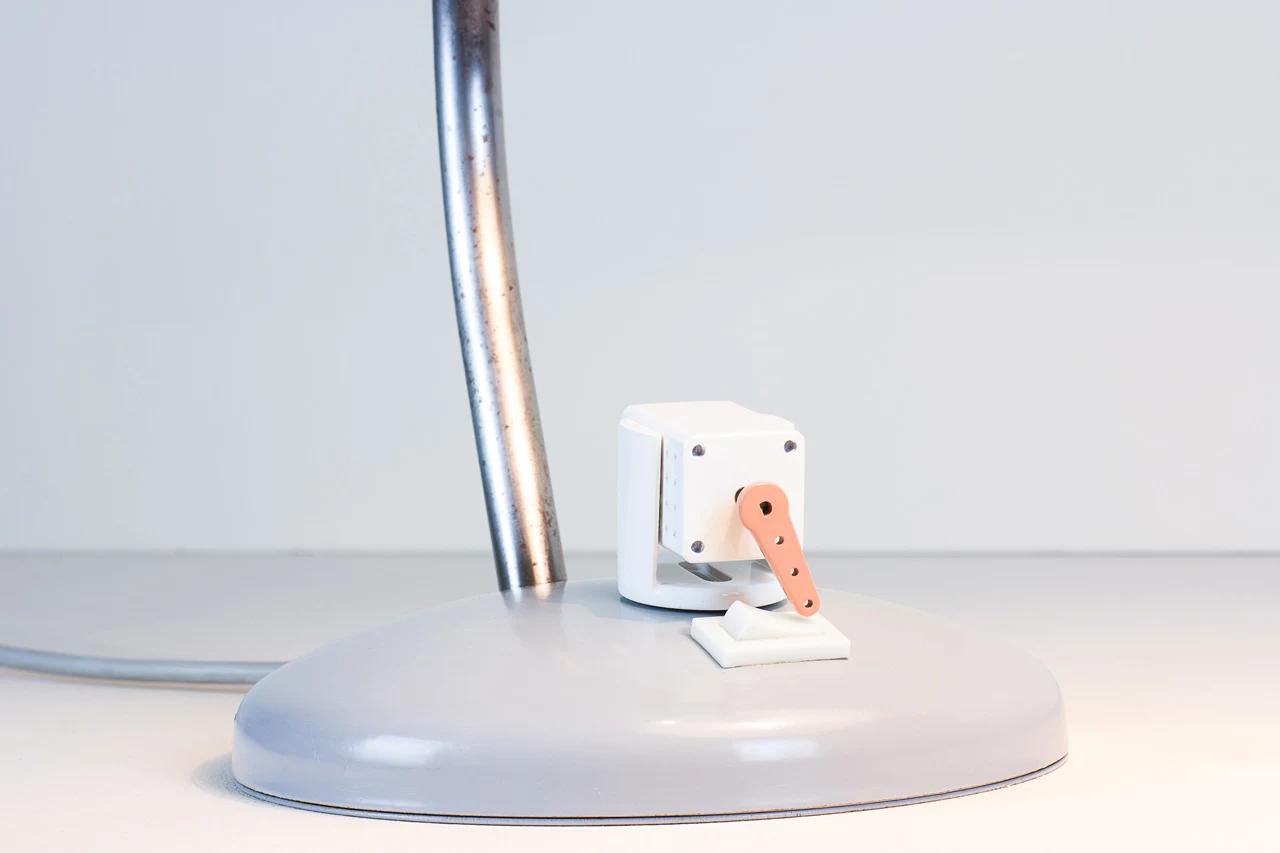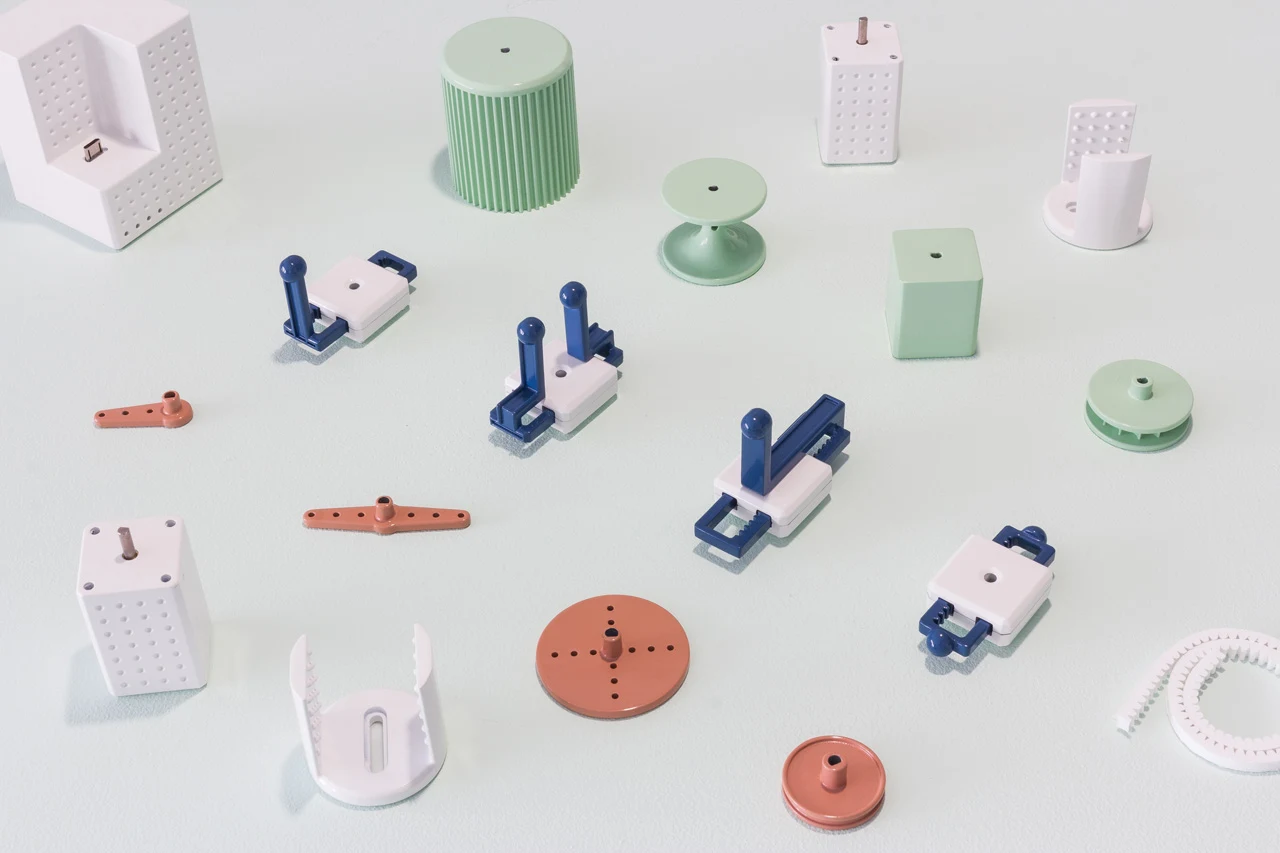Like some other product design companies, Amsterdam’s Frolic Studio faces a never-ending stream of requests from clients to create new connected gadgets that will inevitably soon be replaced by another version. “There’s always the desire to create a new thing that people can sell,” says Andrew Spitz, cofounder of Frolic Studio.
The designers started thinking about a way to stem the tide of devices being replaced and discarded. Smartians, their new proof-of-concept design, is a kit of cloud-connected motors and attachments that let you give your old products some of the same functionality as expensive new ones, by performing simple mechanical functions like pushing a button or flipping a switch.
[Image: Frolic Studio]Stick a motor next to your apartment’s old thermostat, for example, and you can use the kit’s mobile app to program it to turn the heat on an hour before you wake up in the morning, or connect it to a Google Home or Amazon Echo to turn it on and off based on the current temperature. One attachment for the motor turns knobs. Another attachment presses buttons: You could set it up next to your laundry machine so you can start a load of laundry before you leave work, or next to a coffee maker for the morning. Another attachment can pull blinds open in the morning or closed at night.
As the designers write on their website:
Every week new “smart” home devices are released onto the market. But such devices are expensive, have limited functionality, and encourage waste–consumers are increasingly tempted to upgrade from their old devices for those with more “brain cells.” But why discard perfectly functional, efficient products when you can transform those very same devices into smart ones?
The kit hasn’t yet been manufactured. After creating a working prototype, the designers now want to test how much consumer interest there is in the idea. But they’re hoping that it can move forward. With some investments, the kit could also become smarter, incorporating some of the same ability to learn about behaviors now used in products such as the Nest thermostat. The cost may be around $200, Spitz says, far less than buying several new smart gadgets that can only perform a single function.
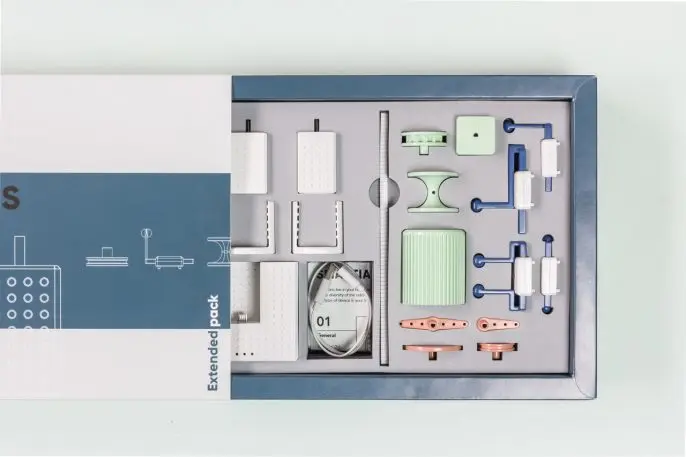
It’s a way to counter the rest of the growing market of smart devices. “Shelf life is often really, really short,” he says. “If you want to make a good product that lasts, you really can’t do it. So many companies obviously don’t want that. It’s a bit sad.”
Recognize your brand’s excellence by applying to this year’s Brands That Matter Awards before the early-rate deadline, May 3.
